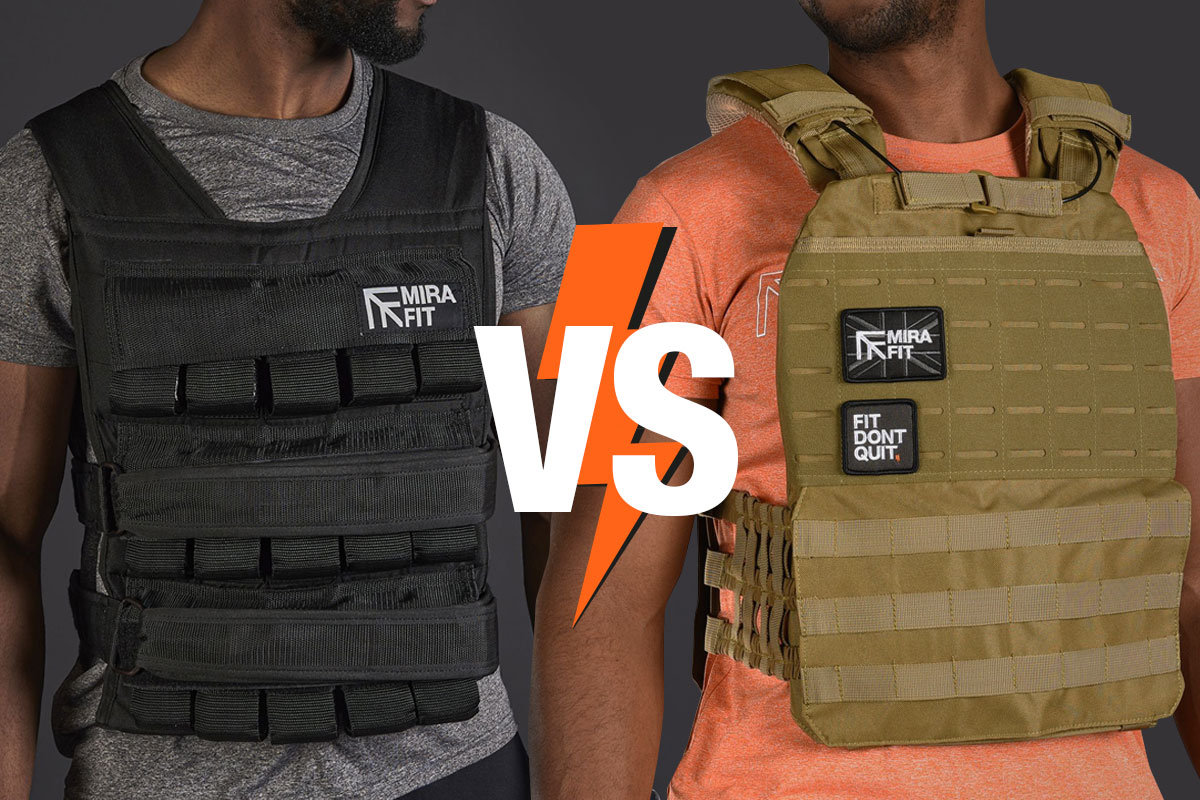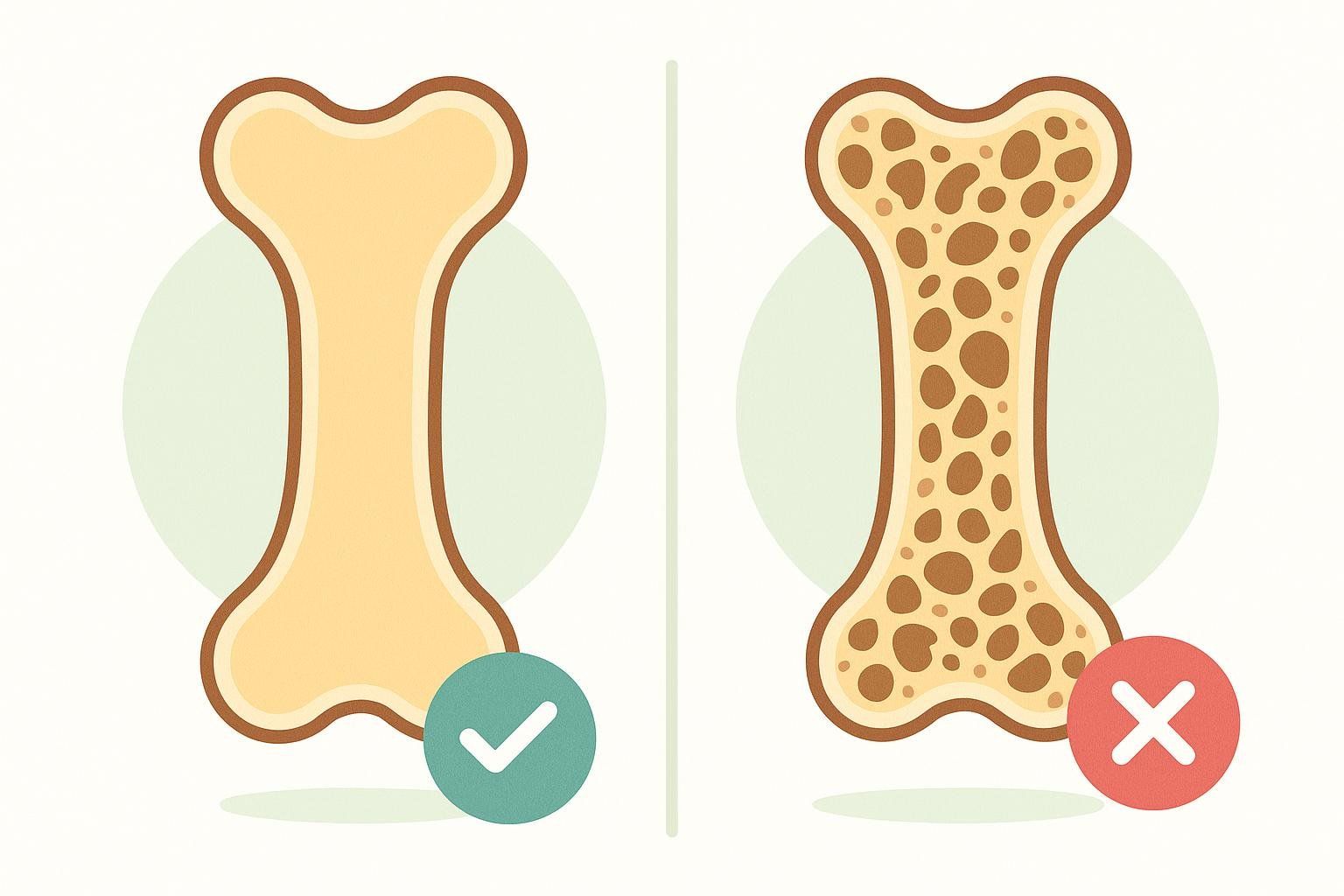Is your treadmill routine failing to deliver results despite logging hours of walking? Adding a weighted vest to incline treadmill workouts transforms basic cardio into a powerhouse calorie-torching, muscle-building session that delivers measurable fitness gains in less time. This science-backed approach combines resistance with elevation to maximize metabolic impact while building functional strength that translates directly to real-world activities.
Research shows that a 300-pound person walking 5 miles at 3 mph burns 795 calories—but adding a 45-pound weighted vest increases total weight to 345 pounds and boosts calorie burn to 914, a substantial 15% improvement. Whether you’re breaking through a stubborn plateau or building foundational fitness, weighted vest incline treadmill training delivers unmatched efficiency for simultaneous cardiovascular improvement, muscle development, and bone density enhancement.
Why Weighted Vests Increase Calorie Burn on Incline Treadmills
Adding external load while walking uphill forces your body to work significantly harder against gravity. This combination creates metabolic stress that dramatically increases energy expenditure beyond standard treadmill walking. Your heart rate elevates faster, your muscles recruit more fibers, and your body burns through energy stores at an accelerated rate.
The incline angle shifts your center of gravity forward, requiring greater engagement from posterior chain muscles while the added weight amplifies the workload across your entire lower body. This dual stimulus creates what exercise scientists call “metabolic potentiation,” where the combined effect exceeds the sum of individual components.
Critical visual cues to monitor:
– Your breathing should be deep but controlled (able to speak short sentences)
– Maintain upright posture without forward lean
– Watch for excessive arm swinging that indicates compensation
– Check your gait for symmetry—uneven steps signal fatigue
How to Calculate Your Optimal Calorie-Burning Load
Start with these evidence-based weight guidelines based on your experience level:
Beginner (0-3 months experience):
– 5-8% of your body weight
– Example: 10-16 pounds for a 200-pound person
– Duration: 10-15 minutes maximum
Intermediate (4-12 months experience):
– 10-15% of body weight
– Example: 20-30 pounds for a 200-pound person
– Duration: 20-30 minutes
Advanced (1+ years experience):
– 15-20% of body weight
– Example: 30-40 pounds for a 200-pound person
– Duration: 30-45 minutes
Pro tip: Never increase weight, incline, and duration simultaneously. Focus on one variable per week to avoid overuse injuries while maximizing adaptation.
Optimal Incline Settings for Maximum Muscle Activation

Setting your treadmill at 4-6% incline creates the perfect biomechanical environment for weighted vest training. This range maximizes glute and hamstring engagement while maintaining joint-friendly impact levels. At these angles, your body works substantially harder without triggering the same stress as steeper grades.
Higher inclines (6-12%) dramatically shift muscle recruitment patterns. Research shows that at 12% incline, glute activation increases by 35% compared to flat walking, while calf muscles work 25% harder. This makes advanced sessions exceptionally effective for building posterior chain strength that translates directly to stair climbing, hiking, and athletic performance.
How to Set Progressive Incline Challenges
Weeks 1-2: Maintain steady 4% incline at comfortable speed
Weeks 3-4: Alternate between 5% and 8% every 3 minutes
Weeks 5-8: Implement pyramid protocol: 4% → 6% → 8% → 6% → 4%
Advanced: 90-second intervals at 10%, 12%, and 8% incline
Warning: If you notice your stride shortening or knees lifting higher than normal, reduce the incline immediately. These indicate compromised form that could lead to injury.
Tactical Vest vs. Athletic Vest: Which Works Better for Incline Walking?

Not all weighted vests perform equally during incline treadmill sessions. Tactical-style vests with distributed weight systems (sandbags or metal plates positioned across chest, back, and shoulders) outperform simple weight belts for several critical reasons:
- Even weight distribution prevents excessive pressure on your lower back during uphill walking
- Adjustable fit accommodates breathing expansion as intensity increases
- Reinforced stitching withstands the torsional forces of walking motion
- Moisture-wicking fabric keeps you cooler during intense sessions
Must-have vest specifications:
– Removable weight system (sandbags or metal plates)
– Nylon construction with reinforced stitching
– Front and back weight pockets
– Adjustable straps for secure fit
– Breathable mesh panels
Critical fitting check: When properly fitted, you should be able to take a deep breath without restriction and maintain natural arm swing. If your shoulders hunch or breathing feels restricted, the vest is too heavy or improperly adjusted.
Beginner’s 15-Minute Weighted Incline Treadmill Protocol
Start with this foolproof routine that minimizes injury risk while delivering noticeable results within weeks. This protocol has helped thousands of beginners safely incorporate weighted vest incline treadmill training into their fitness journey.
Your first session:
1. Warm up 5 minutes at 2.5 mph, 0% incline (no vest)
2. Add 5% body weight vest (max 10 pounds if unsure)
3. Set incline to 2%, speed to 2.8 mph
4. Walk 8 minutes maintaining upright posture
5. Cool down 2 minutes at 0% incline
Progression timeline:
– Weeks 1-2: 10 minutes at 2-4% incline, 5% body weight
– Weeks 3-4: 15 minutes at 3-5% incline, 8% body weight
– Weeks 5-6: 20 minutes at 4-6% incline, 10% body weight
Stop immediately if you experience:
– Sharp pain in joints or muscles
– Altered walking pattern (limping or favoring one side)
– Breathing that becomes labored or restricted
– Dizziness or lightheadedness
Advanced 30-Minute Weighted Vest HIIT Treadmill Routine
For experienced users ready to maximize results, this high-intensity interval protocol delivers exceptional metabolic conditioning while building functional strength. The study in the Journal of Strength and Conditioning Research (2019) validated this approach for significant performance improvements with minimal injury risk.
Workout structure:
– Warm up 5 minutes at 3 mph, 2% incline (no vest)
– Interval 1: 2 minutes at 3.5 mph, 8% incline with 15% body weight vest
– Recovery: 90 seconds at 2.5 mph, 2% incline (remove vest)
– Interval 2: 2 minutes at 3.8 mph, 10% incline with vest
– Recovery: 90 seconds at 2.5 mph, 2% incline (remove vest)
– Interval 3: 2 minutes at 4.0 mph, 12% incline with vest
– Cool down: 5 minutes at 2.8 mph, 0% incline
Pro tip: Record yourself walking periodically to check for form breakdown. Advanced users should never sacrifice proper mechanics for heavier weight or steeper incline.
4 Critical Safety Mistakes to Avoid with Weighted Incline Training
Even experienced fitness enthusiasts make these dangerous errors that compromise results and increase injury risk. Avoid these pitfalls to ensure your weighted vest incline treadmill sessions remain effective and safe.
Mistake #1: Ignoring treadmill weight capacity
Most home treadmills support 250-300 pounds total. If you weigh 200 pounds, a 40-pound vest pushes you to 240—dangerously close to many machines’ limits. Always verify your combined weight (body + vest) stays below 80% of the treadmill’s maximum capacity.
Mistake #2: Skipping progressive overload principles
Starting with 20% body weight for 30 minutes at 10% incline is a recipe for knee injuries. Follow the 10% rule: never increase weekly volume (weight × time × incline) by more than 10% per week.
Mistake #3: Using worn equipment
Inspect your vest weekly for:
– Frayed straps or stitching
– Uneven weight distribution
– Metal plate corrosion
– Padding compression
Mistake #4: Training through pain
Sharp pain indicates tissue damage, not “good pain.” Stop immediately if you feel joint discomfort—especially in knees, hips, or lower back. Mild muscle fatigue is expected; joint pain is not.
Scientific Proof: Weighted Incline Training Builds Stronger Bones

The 2006 study in Medicine and Science in Sports and Exercise revealed compelling evidence that weighted vest incline treadmill training significantly increases bone mineral density, particularly in the hip and spine regions. This makes it invaluable for aging populations concerned about osteoporosis.
For individuals over 50, incorporating weighted incline walking 3x weekly at 10% body weight and 4-6% incline produced measurable bone density improvements within 6 months. The combination of vertical load (from the vest) and shearing forces (from the incline) creates the optimal mechanical stimulus for bone remodeling.
Real-world application: Many physical therapists now prescribe 5-10% body weight vests during rehabilitation walking for elderly patients, reporting improved balance, reduced fall risk, and measurable bone density gains.
How Competitive Athletes Use Weighted Incline Treadmill Training
Elite performers leverage weighted vest incline treadmill sessions for specific performance enhancements beyond basic conditioning. Their protocols focus on translating treadmill gains to real-world athletic demands.
Bodybuilders: Competitive athletes like Mr. Olympia contenders use 20-25% body weight vests during 30-minute incline sessions to preserve muscle mass while cutting body fat. The controlled environment prevents the muscle catabolism common with traditional cardio during contest prep.
First responders: Police and military personnel train with tactical vests at 6-8% incline to simulate operational conditions. A 220-pound officer wearing standard gear (45 pounds) walks at 3.5 mph, 6% incline for 45 minutes to build mission-specific endurance.
Weekend warriors: Busy professionals achieve efficient fitness by combining work calls with 30-minute sessions at 3-4 mph, 4-6% incline using 10-15 pound vests—multitasking while building functional strength.
Final Takeaway: Start conservatively with 5% body weight at 2-4% incline for just 10 minutes, then progress methodically using the 10% weekly increase rule. The most successful practitioners treat weighted vest incline treadmill training as a marathon, not a sprint—building sustainable results through consistent, intelligent progression rather than heroic but injurious efforts. Your future self will thank you for establishing proper form and gradual overload from day one.





